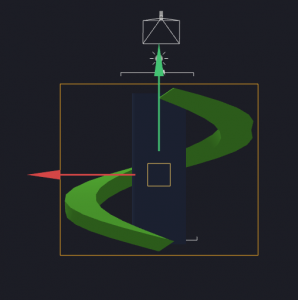

If a submenu contains more than five items, consider giving it its own menu. If you must include submenus, restrict them to a single level. Reserve submenus for when you have groups of closely related commands that can be intuitively grouped under a single parent menu item, or when you need to reduce the length of your menus. Every submenu adds a layer of complexity and hides menu items from the user. When the user highlights (or uses the keyboard to select) a menu item with a triangle, the submenu appears alongside its parent menu. Menu items that have a submenu include a triangle to differentiate them from menu items that don't have submenus. For example, the Edit menu often includes Find, Spelling and Grammar, Substitutions, Transformations, and Speech submenus, each of which contains menu items that are helpful when editing text. Submenus let you construct hierarchical menus that group related commands together to keep menus organized and intuitive. SubmenusĪ submenu is a menu item that operates as a menu, displaying a set of nested items when selected. Keyboard shortcuts aren’t used in contextual menus or Dock menus. A keyboard shortcut, like Command-C for Copy, lets people quickly invoke the menu item anytime using a simple keystroke. A disabled menu item-which appears gray and doesn’t highlight when the pointer moves over it-helps people understand that an item is unavailable.Ĭonsider assigning keyboard shortcuts to frequently used menu items in the menu bar. The ellipsis character (…) means a dialog or separate window will open and prompt the user for additional information or to make a choice.ĭisable unavailable menu items. Use an ellipsis whenever choosing a menu item requires additional input from the user. Use this style consistently in all menu item titles. Articles rarely add value because the user has already made a selection or entered a specific context. For example, use Add Account instead of Add an Account, or Hide Toolbar instead of Hide the Toolbar. Refrain from using articles in menu item titles. Adjectives appearing in menu item titles imply an action and can often fit into the sentence “Change the selected object to…”-for example, Bold or Italic. Describe the attribute the menu item affects. Use adjectives or adjective phrases for menu items that toggle attribute states.

Describe the action that occurs when the menu item is chosen, such as Print or Copy. Use verbs and verb phrases for menu items that initiate actions. A menu item title describes an action or attribute.


 0 kommentar(er)
0 kommentar(er)
